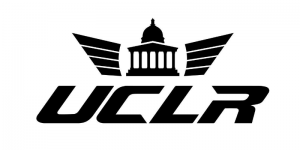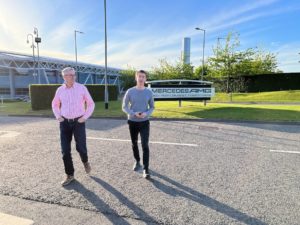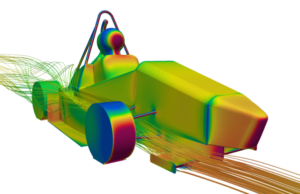During the summer of 2020, I was fortunate enough to secure an technical summer internship at Matador Automation. I say that I was fortunate because I was looking for an internship during the Covid-19 pandemic, where many companies struggled to survive and employing an intern would be the last thing they’d do! Yet, based on my CV and past experience, the head of HR (Jana Golejova) had invited me for an interview with the head of mechanical engineering (Robert Simo) which I luckily passed!
Who is Matador Automation?
Matador Automation specializes in providing innovative industrial solutions for manufacturing processes in industry 4.0. The Industrial Automation (IA) focuses on delivering automated or semi-automated manufacturing lines for automotive manufactures, with the main client being the VW group (VW, Skoda, Porsche…), whereas Factory Automation (FA) provides a similar solutions for clients that do not come from the automotive industry. Matador Automation is part of Matador Group which includes other sub-divisions such as Matador Tools, Matador Industries (that focus on very specific, large-scale projects) and Aufeer Design (that design and development services with focus on innovation in the field of automotive, transportation and product design). The company is based in Dubnica Nad Vahom, Slovakia, a town famous for its industrial history.
What was my role?
During the first days, I had to learn on how to use and manipulate the internal files. The VW group has got its own specific format and framework for CAD files, as well as 2D technical drawings which I decided to adopt also for non-VW group related projects: the format affects anything from file naming conventions, to the structure of the “tree” in CATIA, format of the technical drawings etc… In addition, Matador Automation keeps all its files in Siemens Teamcenter: “Teamcenter® software is a modern, adaptable product lifecycle management (PLM) system that connects people and processes, across functional silos, with a digital thread for innovation”.
My first project was to design camera mounting workbenches that would be used in the internal laboratory of Matador Automation. I decided to use existing EGT (Euro Greifer Tooling) parts – existing standardized parts, used very often in the VW Group. This would make manufacturing easier (since the parts didn’t require much processing), cheaper and faster because the parts were already in the laboratory. After that, I created 2D technical drawings for the camera mounts to be manufactured. This was all done in CATIA-V5 and I used the standardized VW format – just as a practice for future projects that were going to come.
After the camera mounting workbenches, I solely focused on creating technical drawings of clamping tools that would secure vehicle panels in place when welding or riveting for the manufacturing line of the next-generation Porsche Macan (2022).
Last but not least, by the end of my internship, I worked on a framework used for emergency robot replacements for a Skoda factory: the VW Group requires that in case of a failure of a robot, the operators must be able to replace the robot with a new one in a very short time-frame, as any downtime would result in an important drop in production units. To do so, large 3D framework structures are put in place to easy the removal of the 1.5-tonne robots. To develop the framework, I’ve been given a rough design from the Robot Simulation Department that showed me where the beams of the framework could be. I used this to create a detailed 3D-model of the framework, whilst still adhering to the VW standard. Once finished, I created 2D technical drawings that were sent to an external company to give us the approval that the structure would be able to support the weight coming from the 1.5-tonne robots.


